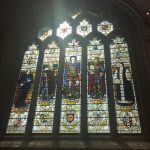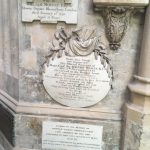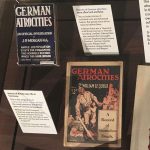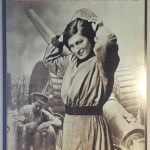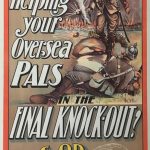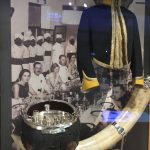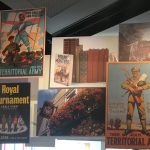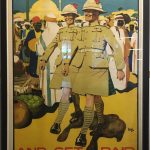Visualizing Empire
Find and photograph several cultural artifacts—paintings, monuments, posters, perhaps even trophies brought back from the colonies—that express in some way the “Rhetoric of Empire”: perhaps a claim justifying mastery over other peoples, perhaps an effort to present native peoples on par with exotic animals. Ideally, most of your various cultural artifacts should form a coherent collection, a “Body of Evidence” as per our practice last semester. This will help organize the upcoming essay: you can only reference 5 distinct pieces of evidence in a 3-4 pp essay by identifying a key pattern in that body of evidence: Light and Darkness, Above and Below, Reason and Emotion. But at the same time, you should focus on artifacts which engage your interest. If you fall in love with a painting but you aren’t sure why it “feels right” for thinking about your passage from Conrad, take the time to figure out whether there really is a meaningful connection. Perhaps Colbert was right to insist on the importance of gut intuition, after all.
In casting about for cultural artifacts, consider:
- The Albert Memorial in Hyde Park just north of the Crofton.
- The many paintings, sculptures and decorative objects on display at the V&A museum (also just a short walk from your dorm).
- Propaganda posters and artifacts from the colonial era on display at the National Army Museum.
All sources should date to the Victorian (1837-1901) or Edwardian era (1901-1914).
For class, post photos of the two most interesting cultural artifacts you found, together with (1) a label identifying the object (date and place of origin) and a brief commentary explaining why you think it’s interesting.
If someone else has already posted an artifact you want to post, add your commentary as a “reply” to their post, and don’t bother posting your photograph unless it’s substantially different from theirs.
[spoiler title=’Essay Length’]Grading Rubric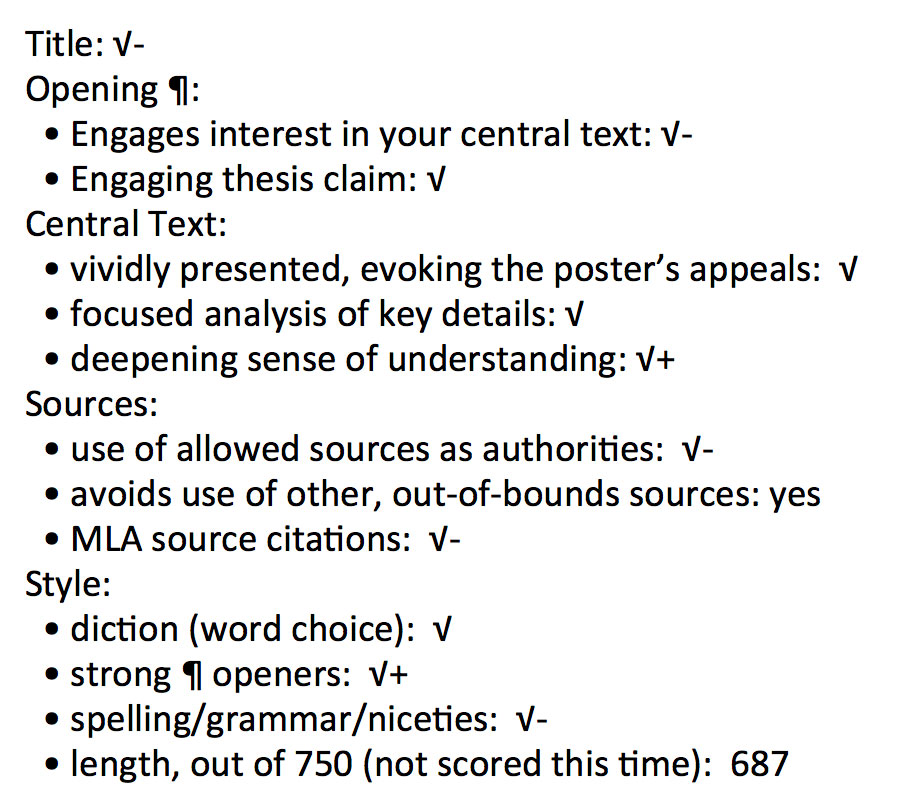 [/spoiler]
[spoiler title=’Pizzaro & the Inca’]
[/spoiler]
[spoiler title=’Pizzaro & the Inca’]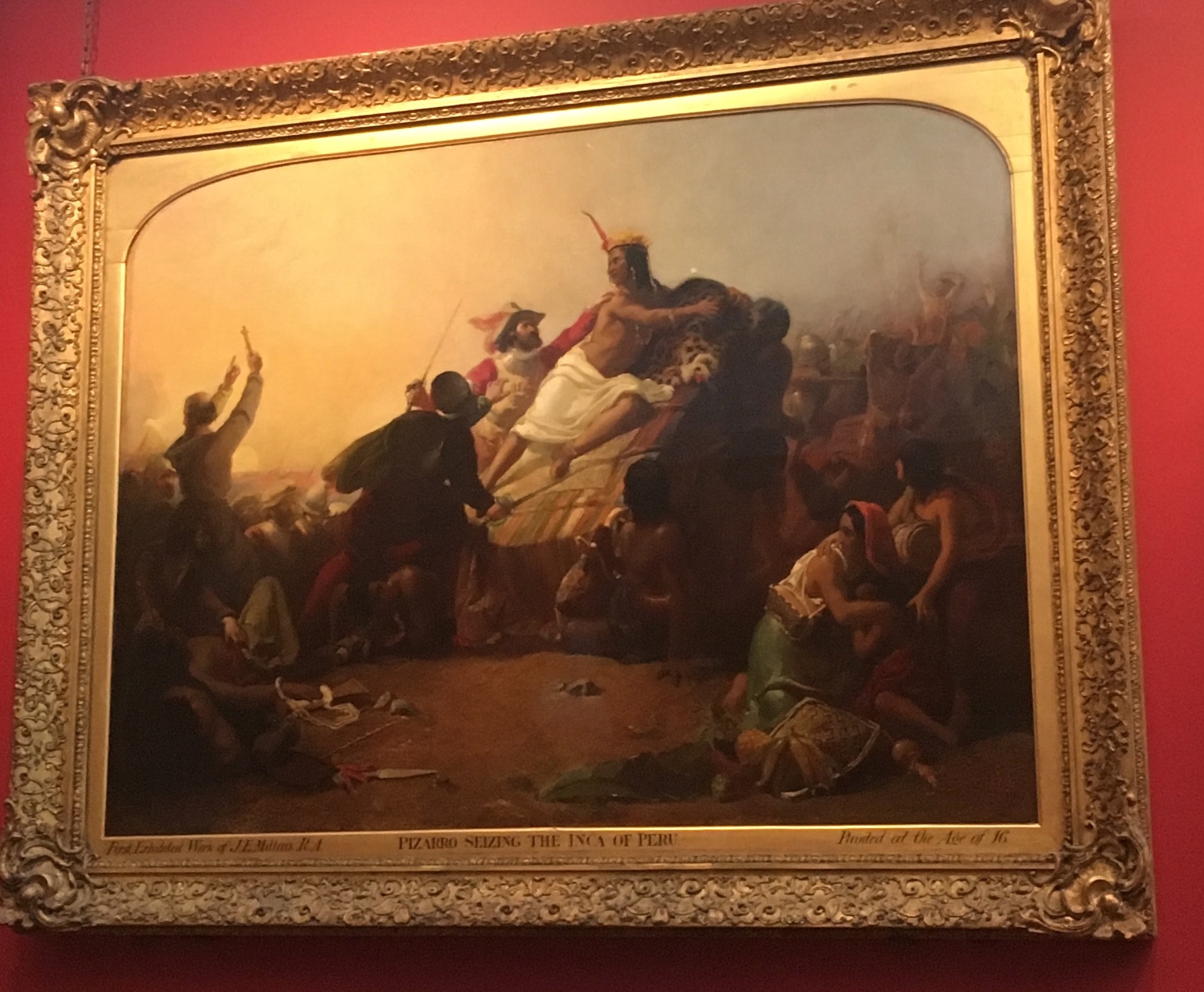 [/spoiler]
[/spoiler]

